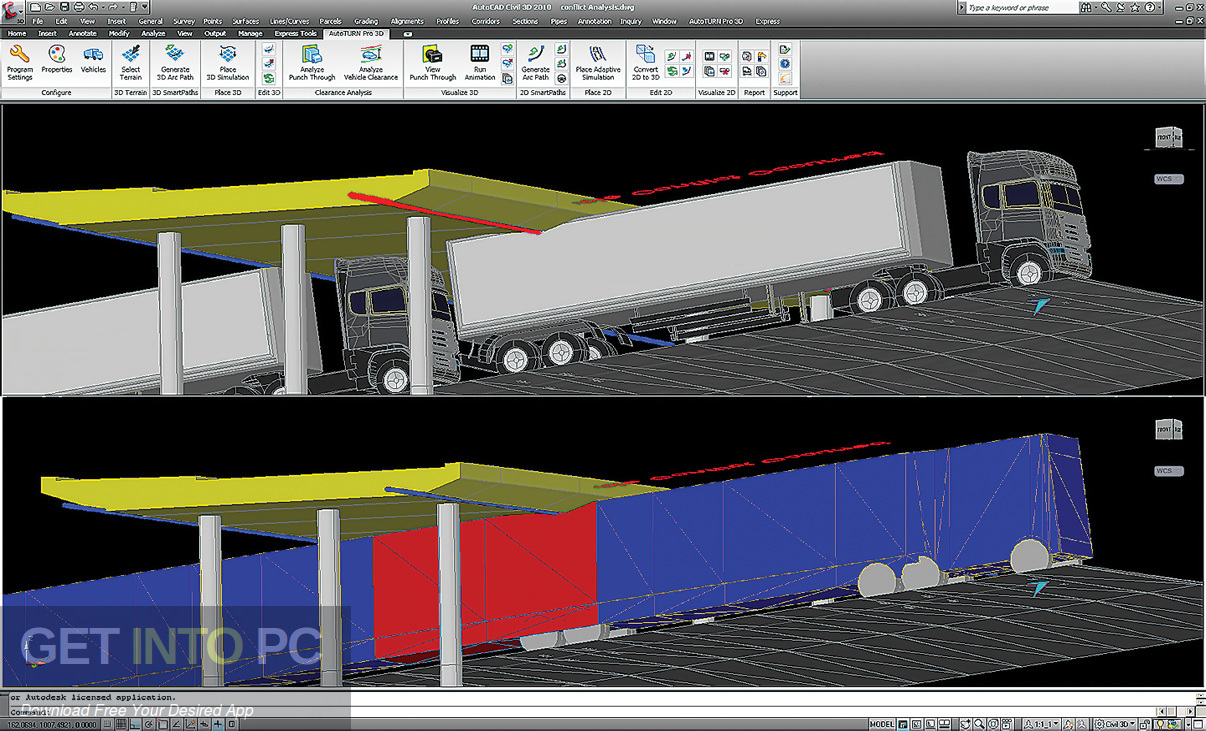

Passive Safety Rating explanations in Post Manager Post separation options simplified (reduced by removal of unnecessary combinations) Updated Deemed To Comply ratings and testsĪbility to specify the angle of the sign assembly relative to the carriageway addedĬonsolidated ability to treat passive safety checks as failures or just warnings
Autoturn pro 3d only x y terrain license#
workspace = "C:/sapyexamples/data" # Set local variables inRaster = "elevation" azimuth = 180 altitude = 75 modelShadows = "SHADOWS" zFactor = 0.348 # Check out the ArcGIS Spatial Analyst extension license arcpy. # Requirements: Spatial Analyst Extension # Import system modules import arcpy from arcpy import env from arcpy.sa import * # Set environment settings env. # Name: Hillshade_Ex_02.py # Description: Computes hillshade values for a raster surface.

See Analysis environments and Spatial Analyst for additional details on the geoprocessing environments that apply to this tool. An example of when an input raster may be resampled is when the output coordinate system, extent, or cell size is different from that of the input.

When the input raster needs to be resampled, the bilinear technique will be used. You can create dramatic three-dimensional views of the hillshaded surface by draping the output raster using ArcGIS ArcScene. If your x,y units are decimal degrees and your z units are meters, some appropriate z-factors for particular latitudes are: Since the length of a degree of longitude changes with latitude, you will need to specify an appropriate z-factor for that latitude. This is due to the difference in measure between the horizontal ground units and the elevation z units. If the input raster is in a spherical coordinate system, such as decimal degrees, the resulting hillshade may look peculiar. The Model shadows option must be enabled (checked) to create this result. To create a raster of the shadow areas only, use the Con, Reclassify, or Extract by Attributes tool to separate the value zero from the other hillshade values. Raster cells in shadow are assigned a value of zero. The analysis of shadows is done by considering the effects of the local horizon at each cell. If it is enabled (checked), the output raster considers the effects of both local illumination angle and shadow.

If the Model shadows option is disabled (unchecked), the output raster only considers local illumination angle. Two types of shaded relief rasters can be output. The hillshade raster has an integer value range of 0 to 255. The illumination source is considered to be at infinity. The Hillshade tool creates a shaded relief raster from a raster. Learn more about how Hillshade works Illustration OutRas = Hillshade(InRas1, 99, 33) Usage Creates a shaded relief from a surface raster by considering the illumination source angle and shadows.


 0 kommentar(er)
0 kommentar(er)
